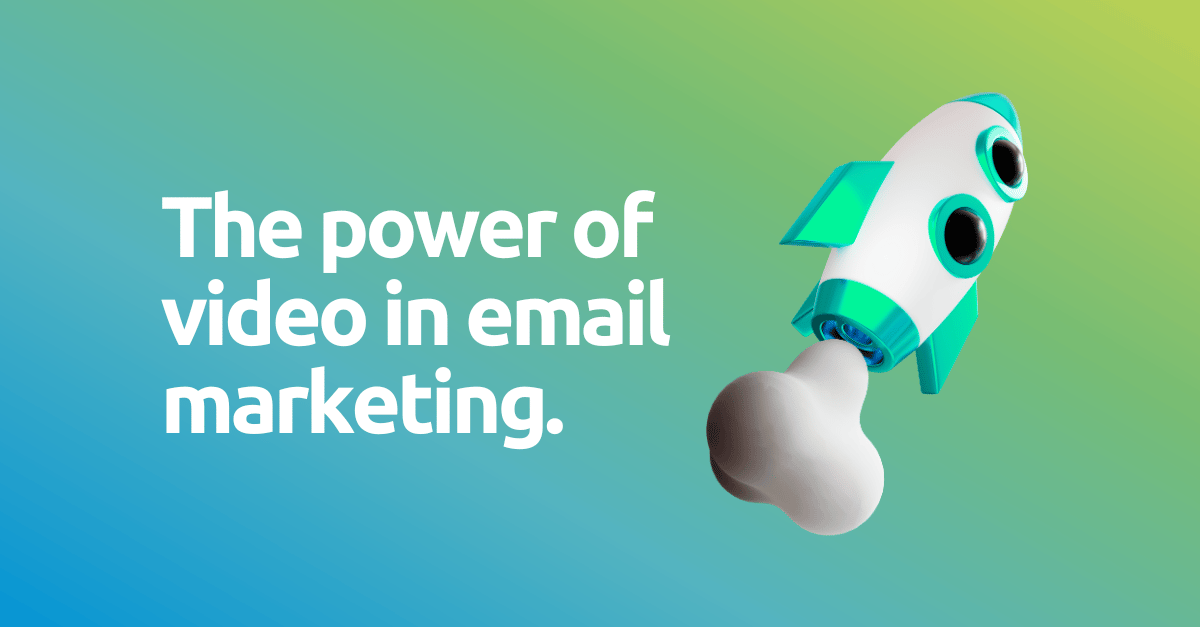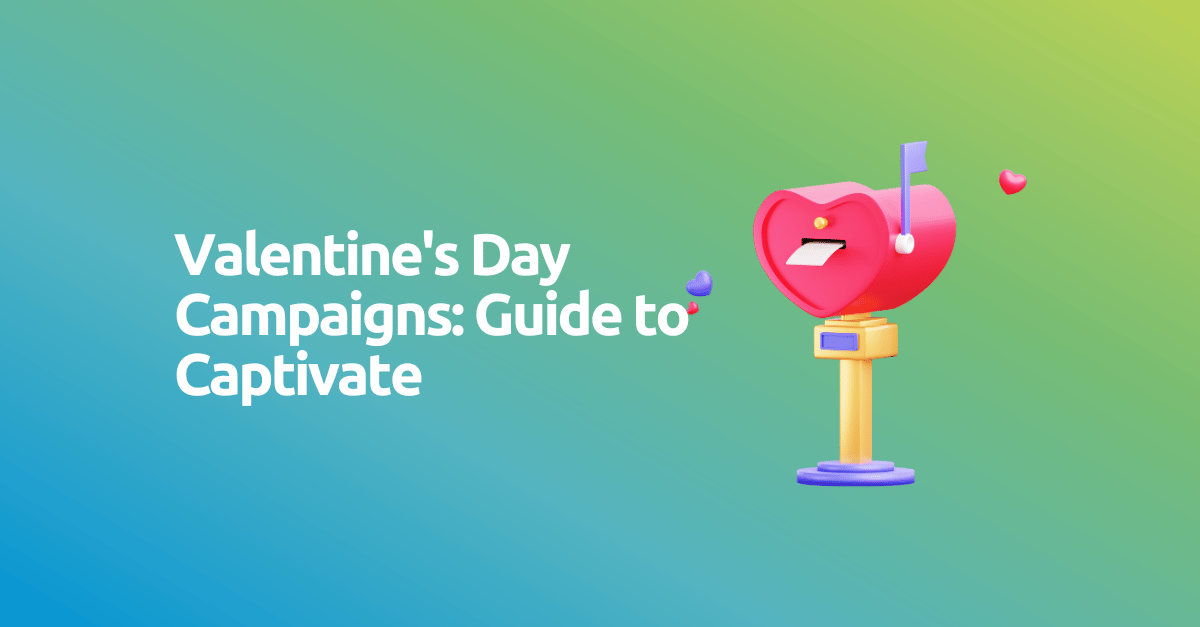Mother's Day, an emotionally charged celebration observed in various countries, presents an excellent opportunity for the commercial sector. With dates like May 5th in Spain, May 10th in Mexico, and May 12th in countries such as the United States, Canada, Italy, Chile, Colombia, and Peru, this event not only drives sales in physical stores but also provides valuable opportunities for e-commerce. According to MarketSplash, during this celebration, 34% of consumers turn to online platforms, with an increase in average spending per person reaching $274.02.
Segmentation and Personalization Strategies for Email Marketing
During Mother's Day celebration, it's crucial to adjust marketing strategies to effectively connect with your audience. Segmentation and personalization in email marketing play a fundamental role in this holiday, allowing us to target not only mothers but also the actual buyers, such as adult children and spouses of young mothers. It's important to consider different generations, as older mothers often have adult children and value tradition and family unity, while younger mothers, like millennials, seek to balance motherhood with personal and professional life, with their partners participating in choosing the perfect gift.
Segmentation enables you to not only send the right message to the right person but also personalize email content beyond the recipient's name. By utilizing collected information on individual preferences and behaviors, you can meaningfully connect with them and achieve greater impact.
Discover new ideas for Mother's Day and best practices in email marketing to promote your brand.
One of the most impactful forms of personalization is the implementation of real-time personalized video email. This strategy fosters the creation of more meaningful emotional connections with your audience by offering them personalized content that is automatically generated based on the interactions the consumer has on your website or online store. For example, if someone is searching for the perfect gift for their mother but hasn't completed the purchase yet, receiving an email with a personalized video could be the key to convincing them. Through special offers, countdowns, or shipping and pickup systems, you can encourage them to purchase the products they've been viewing, or related ones, in a unique and engaging way.
Mother's Day Celebration Calendar and Email Sending Frequency
According to Google, sons and spouses begin their research well in advance and often have a clear idea, at least five days before Mother's Day, of what they will gift. Therefore, it's essential to kickstart your email marketing campaign well in advance to capture the attention of potential buyers. A recommendation is to start the campaign at least three weeks before the celebration date, allowing recipients to plan their purchases.
To establish an effective Mother's Day email sending calendar, it's crucial to consider different stages and communication opportunities. Three weeks before the date, it's appropriate to send an initial email informing subscribers about the event's proximity and highlighting available products or services. This email can include incentives such as special discounts for early purchases.
As the date approaches, the frequency of email sending can increase. For example, two weeks before Mother's Day, you can send a reminder about the deadline for ordering in time for delivery. Less than five days before the celebration, you can send a final email highlighting additional services, such as the option for free in-store pickup or express shipping, for those seeking last-minute solutions. This strategic approach ensures effective and timely communication with customers, thus maximizing sales opportunities during this significant season.

Google and Yahoo Security Guidelines
It's no secret that Google and Yahoo have recently published new guidelines for email senders, which could make it challenging to deliver your emails to the inbox. If you want to ensure that your messages successfully reach recipients during this Mother's Day, we suggest following the following recommendations.
- Standard Format: Messages should be formatted according to theInternet Message Format (RFC 5322) to ensure compatibility with email systems.
- HTML Format: If you choose to compose messages in HTML language, make sure to adhere to standards to avoid potential display issues and being marked as spam.
- Avoid Hiding Content: Do not use HTML or CSS to hide content, as this may cause them to be marked as spam.
- Visible Links: All links to websites should be visible and easily understandable for recipients, without deceptive messages.
- Sender Information: Sender information, including the name and email address, should be clear and visible to recipients.
- Clear Subject Lines: The subject lines of messages should not be confusing or misleading, as this can increase the likelihood of your message being blocked or filtered as SPAM.
Design and Content of Mother's Day Emails
To ensure the success of your Mother's Day email marketing campaign, the design and content of your emails play a crucial role. Create attractive and responsive designs that are visually appealing and adapt to various devices. Including visual elements such as videos helps capture the recipient's attention from the outset. The use of short videos within the email can generate a greater emotional impact and pique users' curiosity.
Videos are a powerful tool for highlighting the qualities of the products or services you offer for Mother's Day. By using autoplay videos in the email, you can convey messages in a dynamic and engaging way. This allows you to showcase products in action, highlight their unique features, and most importantly, emotionally connect with the recipient by conveying the value that receiving that gift represents on their special day.
Within the email content, it's essential to include personalized ideas and gift suggestions that align with the preferences and needs of your target audience. According to Google search trends, the most popular products in the days leading up to Mother's Day vary by country; from fashion and accessories in Mexico and Colombia, to technology and travel in the United States and Spain. Therefore, it's crucial to tailor gift recommendations to the specific preferences of your market to ensure the success of the campaign.
Finally, consider that variety in emails is key. If your market consists of women who are already mothers, as part of a comprehensive marketing strategy, it would be very effective to send them personalized video greeting cards. This gesture not only shows appreciation and attention to your audience but also strengthens the relationship with your customers.
Persuasive Messaging and Calls to Action in Email Marketing
In crafting the email design for Mother's Day, it's also crucial to consider the copy and Calls to Action (CTAs). Creating persuasive messages is essential to inspire the audience to take specific actions, whether it's making a purchase or visiting the website.
To achieve this goal, it's necessary to optimize the email content to maintain the recipient's interest throughout the message. Using clear, concise, and emotive language that reflects the brand's values can make the difference between achieving a high conversion rate or not.
What makes a CTA effective?
- Short and concise: CTAs should be direct, specific, brief, and relevant to the email content, without delving into unnecessary details.
- Persuasive: It's important to motivate the user to act, creating a sense of urgency that prompts recipients to make decisions immediately.
- Stand out: It should visually stand out to be easily identifiable and capture the reader's attention effectively. The strategic placement of the CTA is essential. If you include a call to action at the end of the email, it's likely to go unnoticed and fail to capture attention adequately. Conversely, the optimal place to position a CTA in your email is at the top.
- Less is more: Including multiple CTAs can overwhelm the user and make it difficult for them to take any action.
- Anticipate objections: When crafting an attractive CTA, it's important to consider the potential doubts that may arise in customers' minds when clicking on it, such as cost, time, or complexity. Choosing the right words can make a difference, for example, using "Sign Up for Free" instead of "Sign Up Now." Correctly linked: Ensure that when clicking the link, your subscribers will be directed directly to the specific product being promoted, rather than being taken to the e-commerce homepage.
Best Subject Lines for Mother's Day
The importance of paying attention to the creation of email subject lines for Mother's Day lies in the ability to effectively capture the recipient's attention. Amidst this significant celebration, standing out among the flood of emails inundating inboxes can be quite a challenge.
The subject line is the recipient's first impression of your email, so investing time and effort into its creation can make the difference between being ignored or being opened and read with interest.
- Personalize: Incorporate the recipient's name in the subject line to demonstrate attention and care. A simple "For you, [name]" can make your email feel more personal and memorable than a generic "Happy Mother's Day!" greeting.
- Evoke emotions: Leverage the emotional aspect of Mother's Day in your subject line. Expressions like "Thank you for always being there" or "For the best moments with the strongest woman I know" not only convey love but also create an emotional connection with the recipient.
- Stand out from the crowd: Use surprising elements, intriguing questions, or creative wordplay to grab attention. Additionally, if you've decided to include a video in the email, consider using the word "video" in the subject line, as this can significantly increase the open rate.
- Avoid spam terms and exaggerations: Spam filters are becoming more sophisticated, so it's important to avoid terms that may trigger them, such as "free" or "buy now." Keep your message authentic and direct, without sounding pushy.
Measurement and Analysis of Results for Email Campaigns
The effectiveness of an email marketing campaign extends beyond the number of emails sent; it's about how those emails impact marketing objectives. To evaluate campaign performance and ensure its ongoing success, it's essential to use key metrics and conduct a detailed analysis of the results obtained in each campaign.
- Using Key Metrics: Some of the most important metrics in email marketing include open rate, click-through rate, conversion rate, bounce rate, and unsubscribe rate. These metrics help understand how recipients are responding to emails and identify areas that may need adjustments.
-
Uso de Métricas Clave: Algunas de las métricas más importantes en email marketing incluyen la tasa de apertura, la tasa de clics, la tasa de conversión, la tasa de rebote y la tasa de cancelación de suscripción. Estas métricas permiten comprender cómo están respondiendo los destinatarios a los correos electrónicos y qué áreas pueden necesitar ajustes.
-
Interpreting Data: Once metrics are collected, it's crucial to analyze the data comprehensively to identify trends, patterns, and areas of opportunity. For example, a low open rate may indicate that the email subject line isn't compelling enough. If the click-through rate is high but the conversion rate is low, it may suggest that the email content isn't meeting recipients' expectations. By effectively interpreting this data, you can pinpoint areas for improvement and make adjustments to the email marketing strategy to increase its effectiveness.





